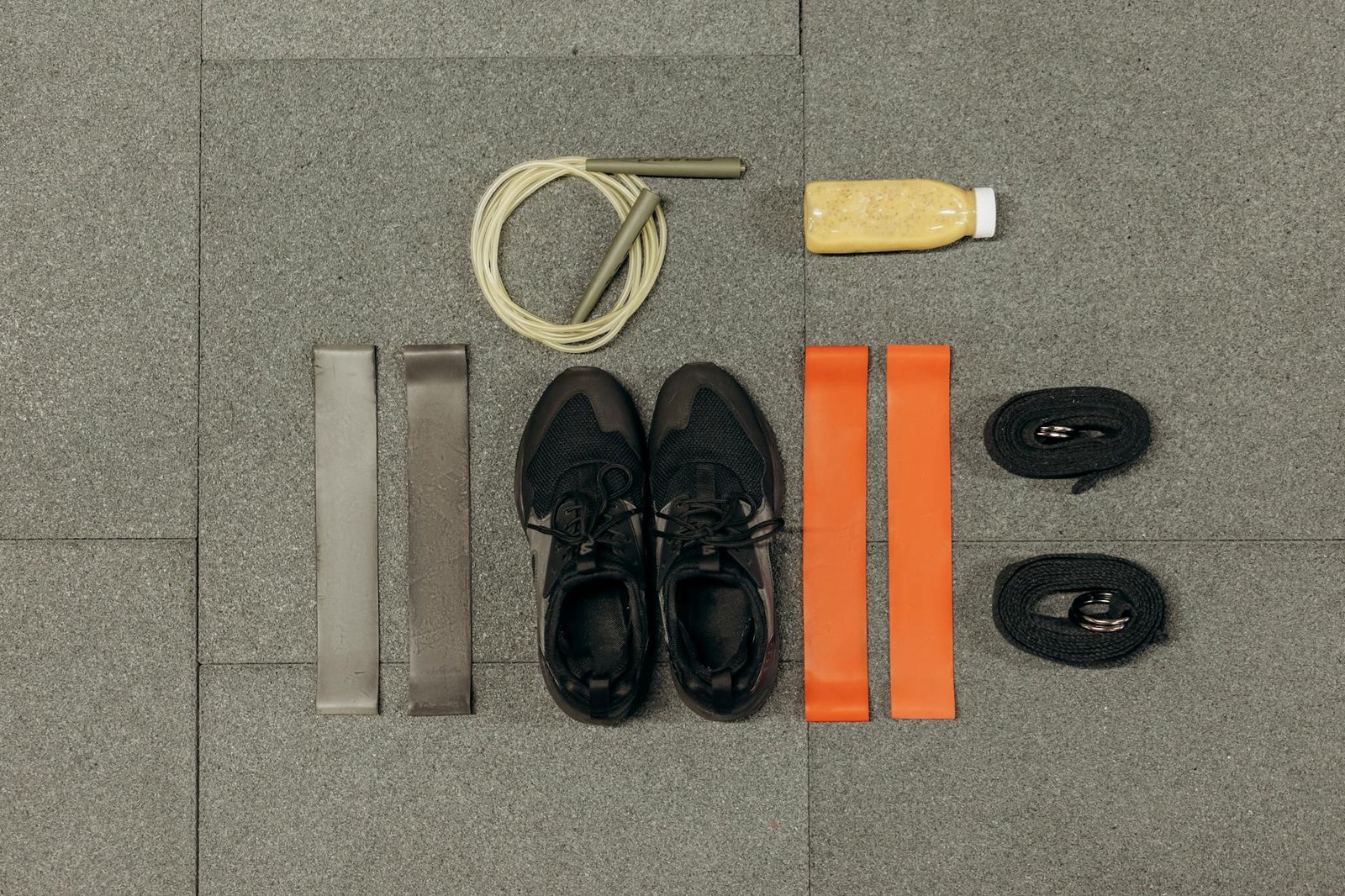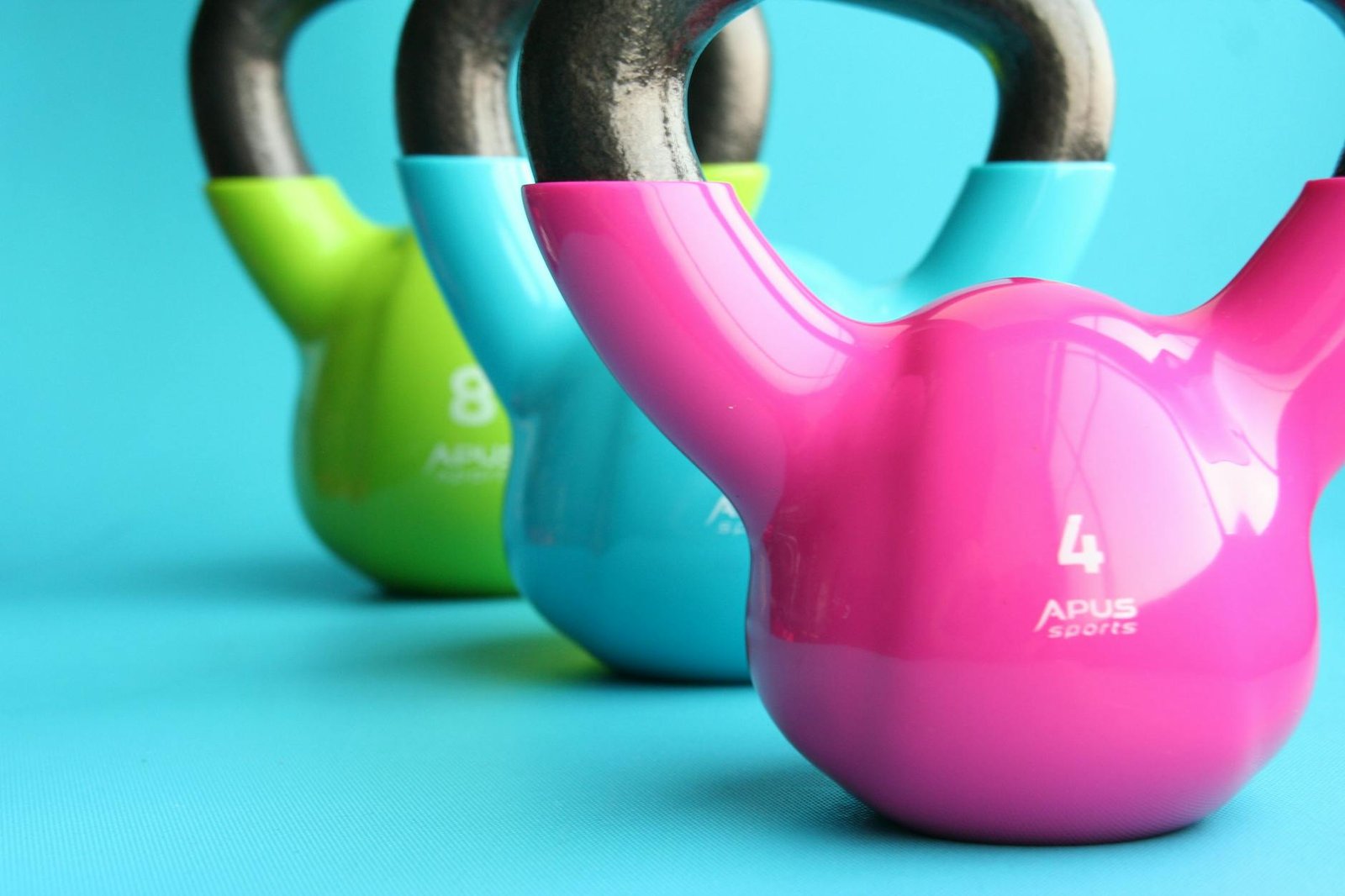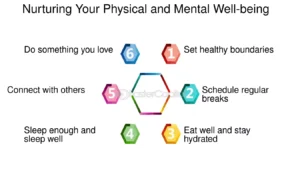
Ever wondered why some people seem to effortlessly maintain their fitness goals while others struggle to see lasting results? The secret isn’t in finding the perfect workout or following the latest fitness trend – it’s something far more fundamental: consistency. 💪
Think of fitness like building a house 🏠. You can’t construct a solid structure by laying all the bricks in one day and then taking months off. Similarly, your body responds better to regular, sustained effort rather than sporadic bursts of intense activity. Whether you’re looking to build strength, lose weight, or boost your overall health, consistency is the invisible force that bridges the gap between where you are and where you want to be.
In this guide, we’ll explore the science behind consistent exercise, learn how to build sustainable routines, and discover why the true power of fitness lies not in perfect performance, but in showing up day after day. Let’s uncover how small, consistent actions can lead to remarkable long-term transformations.

Understanding the Science of Consistency
How Habits Form in the Brain
The brain creates neural pathways through repeated actions, making fitness habits easier to maintain over time. These pathways strengthen through a process called neuroplasticity, where consistent exercise routines become automatic behaviors requiring less conscious effort.
The Compound Effect of Regular Exercise
Regular exercise produces cumulative benefits that multiply over time:
- Metabolic adaptations
- Muscle memory development
- Cardiovascular efficiency improvements
- Enhanced motor patterns
- Progressive strength gains
| Timeframe | Compound Benefits |
|---|---|
| Week 1-4 | Neural adaptations, improved form |
| Month 2-3 | Muscle development, increased endurance |
| Month 4-6 | Significant strength gains, metabolic efficiency |
| Year 1+ | Long-term physiological adaptations |
Breaking the Start-Stop Cycle
Inconsistent exercise patterns can hinder progress by disrupting these biological adaptations. To maintain steady progress:
- Start with manageable workout frequencies
- Focus on progressive overload
- Track progress to stay motivated
- Establish trigger-based routines
- Plan recovery periods
Research shows that maintaining 80% consistency in your fitness routine yields better results than sporadic intense periods followed by breaks. The key lies in sustainable, regular activity rather than periodic maximum effort.
Now that you understand the science behind consistency, let’s explore how to build sustainable fitness routines that stick.

Building Sustainable Fitness Routines
Starting with Manageable Goals
Setting realistic goals is the foundation of a sustainable fitness journey. Start by identifying 2-3 achievable objectives using the SMART framework:
| Goal Component | Example |
|---|---|
| Specific | Do 10 push-ups without stopping |
| Measurable | Track weekly workout frequency |
| Achievable | Start with 2-3 workouts per week |
| Relevant | Align with overall fitness goals |
| Time-bound | Achieve within 8 weeks |
Progressive Overload Principles
Implement gradual increases in:
- Weight/resistance
- Number of repetitions
- Exercise complexity
- Workout duration
- Training frequency
Creating Fool-Proof Scheduling
Structure your routine around these proven strategies:
- Schedule workouts like important meetings
- Identify your peak energy hours
- Have a backup time slot for unexpected changes
- Plan workout types based on daily commitments
Tracking Progress Effectively
Monitor your journey using multiple metrics:
- Workout completion rates
- Exercise performance
- Recovery quality
- Energy levels
- Progress photos
The key to sustainable fitness is creating a routine that fits seamlessly into your lifestyle while challenging you appropriately. Start with shorter, manageable workouts and gradually increase intensity. Use technology like fitness apps to maintain accountability and track progress. Remember to adjust your routine based on results and energy levels.
Now that you have a framework for building sustainable fitness habits, let’s explore the common barriers that might challenge your consistency.

Common Consistency Barriers
Time Management Challenges
Managing time for fitness can feel like solving a complex puzzle. The key lies in strategic planning and prioritization:
- Schedule workouts like important meetings
- Break exercises into smaller, manageable chunks
- Utilize lunch breaks for quick workouts
- Wake up 30 minutes earlier for morning sessions
Motivation Fluctuations
Even the most dedicated fitness enthusiasts experience motivation dips. Here’s how different motivation types affect consistency:
| Motivation Type | Characteristics | Sustainability |
|---|---|---|
| External | Based on appearance/rewards | Short-term |
| Internal | Driven by personal goals | Long-term |
| Social | Community-based | Moderate |
Physical and Mental Fatigue
Fatigue can significantly impact your fitness journey. Combat it with these strategies:
- Implement proper sleep hygiene (7-8 hours nightly)
- Practice stress management techniques
- Adjust workout intensity based on energy levels
- Include recovery days in your routine
- Stay hydrated and maintain proper nutrition
Understanding these barriers is crucial because they’re universal challenges that every fitness enthusiast faces. Managing fatigue, maintaining motivation, and finding time for exercise requires a balanced approach. By acknowledging these obstacles and developing specific strategies to overcome them, you’re better equipped to maintain consistency.
Now that you understand the common roadblocks, let’s explore how regular exercise positively impacts your mental well-being.

Psychological Benefits of Regular Exercise
Habit Formation and Willpower
Regular exercise strengthens your willpower like a muscle. When you consistently show up for workouts, your brain creates neural pathways that make future exercise decisions automatic rather than challenging.
Mental Resilience
Physical challenges in workouts directly translate to mental toughness. Each time you complete a difficult set or push through fatigue, you’re building psychological endurance that extends beyond the gym.
Positive Identity Shifts
Regular exercise transforms how you view yourself. Here’s how exercise shapes identity:
- Increased self-discipline
- Enhanced problem-solving abilities
- Stronger goal-setting capabilities
- Improved decision-making skills
Increased Self-confidence
Consistent workouts lead to notable improvements in:
| Area | Benefit |
|---|---|
| Physical appearance | Better posture and body composition |
| Performance | Increased strength and endurance |
| Social interaction | Greater comfort in fitness settings |
| Daily activities | Enhanced capability in routine tasks |
Stress Reduction
Exercise acts as a natural stress reliever by:
- Lowering cortisol levels
- Releasing endorphins
- Improving sleep quality
- Providing mental clarity
The psychological benefits of regular exercise create a positive feedback loop: as you feel better mentally, you’re more likely to maintain your fitness routine. These mental gains complement physical progress, creating a foundation for sustainable lifestyle changes. With a stronger mindset established through consistent exercise, you’re better equipped to maintain long-term progress in your fitness journey.

Maintaining Long-Term Progress
Recovery Strategies
- Active Recovery:
- Light walking or swimming
- Gentle yoga or stretching
- Low-intensity mobility work
- Rest Days:
- 1-2 dedicated rest days weekly
- Quality sleep (7-9 hours)
- Stress management techniques
| Recovery Type | Benefits | Frequency |
|---|---|---|
| Active | Promotes blood flow, reduces soreness | 2-3x/week |
| Passive | Full physical/mental restoration | 1-2x/week |
| Sleep | Muscle repair, hormone balance | Daily |
Adapting Routines as Needed
Your fitness journey isn’t static, and your routine shouldn’t be either. Monitor your progress and adjust based on:
- Energy levels and recovery capacity
- Life commitments and schedule changes
- Fitness goals evolution
- Physical limitations or injuries
Building Support Systems
Create a network that reinforces your commitment to fitness:
- Find workout partners for accountability
- Join fitness communities (online or local)
- Share goals with family and friends
- Consider working with fitness professionals
The key to sustainable progress lies in balancing consistent effort with smart recovery strategies. Your support system acts as a safety net during challenging times, while routine adaptations prevent plateaus and maintain motivation. As you master these elements, you’ll be better equipped to track meaningful progress beyond simple metrics.
Now that you understand the foundations of maintaining progress, let’s explore how to measure success beyond traditional numerical benchmarks.

Measuring Success Beyond Numbers
Non-scale Victories
- Improved sleep quality and duration
- Better energy levels throughout the day
- Clothes fitting differently
- Increased confidence in daily activities
- Enhanced mood and mental clarity
While the scale can be a useful tool, true fitness success extends far beyond numbers. Regular exercise leads to numerous achievements that can’t be measured by weight alone. Track these non-scale victories in a journal to maintain motivation during plateaus.
Performance Improvements
| Metric | How to Track |
|---|---|
| Endurance | Distance covered or time sustained |
| Strength | Weight lifted or reps completed |
| Flexibility | Range of motion improvements |
| Balance | Duration in challenging poses |
| Recovery | Time needed between sets |
Performance improvements serve as concrete evidence of your fitness journey’s success. Whether it’s completing an extra set, holding a plank longer, or increasing running speed, these measurable gains reflect real progress.
Lifestyle Changes
- Developing consistent sleep schedules
- Making nutritious food choices naturally
- Prioritizing movement throughout the day
- Building social connections through fitness
- Creating sustainable healthy habits
The most significant indicator of fitness success is how it transforms your daily life. When healthy choices become automatic and exercise feels like a natural part of your routine rather than a chore, you’ve achieved something remarkable.
Now that you understand how to measure progress holistically, let’s examine how to maintain these positive changes for the long term.
Maintaining a consistent fitness routine isn’t just about showing up at the gym – it’s about creating lasting habits that transform your physical and mental well-being. By understanding the science behind consistency, establishing sustainable routines, and overcoming common barriers, you can achieve remarkable long-term results that extend far beyond physical appearance.
Remember, true fitness success isn’t measured solely by numbers on a scale or personal records. It’s about the daily commitment to your health, the resilience you build along the way, and the positive impact on your overall quality of life. Start small, stay consistent, and watch as these small daily actions compound into life-changing results. Your future self will thank you for the habits you build today.




